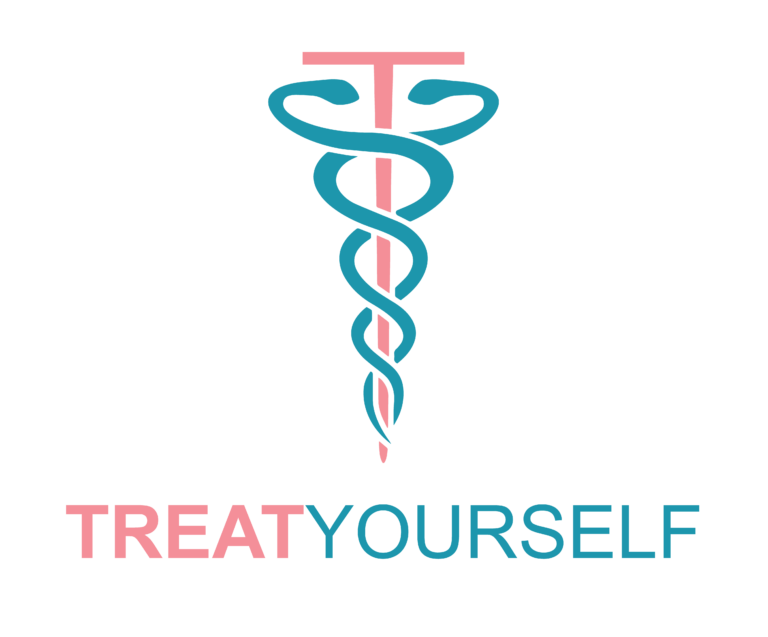Strategies to Consider
Like most debilitating diseases, it is possible to at least stabilise, or even recover from multiple sclerosis (MS). Many people have – but first, make sure that is what is really causing your symptoms.
MS is notoriously difficult to diagnose. Many people go through a period of experiencing odd symptoms without knowing their cause. It is not uncommon for MS to be diagnosed in the absence of any other diagnosis, only for a different illness to be discovered further down the track.
Neurological diseases can mimic each other, particularly in the early stages. To find the best treatment, knowing the cause behind neurological problems is essential, because not all MS is the same.
Conditions that can be confused with MS are:
- Motor neurone disease (MND) also known as Lou Gehrig’s disease or Amyotrophic Lateral Sclerosis (ALS)
- Parkinson’s disease
- Lyme disease. Many sources recommend all patients with ongoing neurological symptoms be tested for Lyme disease before any other diagnosis is made. This is because Lyme disease can mimic other neurological conditions. See International Lyme and Associated Diseases Society.
Pathology Tests
MS has also been associated with:
- Low vitamin D levels – assessed by a simple blood test.
- Heavy metal toxicity – assessed by Hair Mineral Analysis or Oligoscan, which measure chronic heavy metal exposures. (Blood tests reveal acute toxicity from recent exposure) The sites linked are our Australian ones; google them for your country.
- Chemical toxicity – requires specialised blood medical testing from an environmental medical specialist.
Alternative Therapies People Find Helpful for MS
Vitamin D
Professor George Jelinek was diagnosed with MS in 1999. An academic medical professor, he found in standard medical research a number of lifestyle factors that when adjusted, can resolve MS symptoms. Vitamin D is a key element to treatment. He has not relapsed since his diagnosis. His book, Overcoming Multiple Sclerosis describes how he recovered.
Diet, sunlight, exercise, meditation, preventing depression, resolution of difficult emotional issues and other lifestyle factors are all examined in light of the massive growth in high quality medical research in recent years. This new research supports that attention to these factors can significantly improve quality of life and chance of recovery for people diagnosed with MS – Prof George Jelinek
Low Dose Naltrexone
Naltrexone is an opioid antagonist used for drug and alcohol rehabilitation. It works by stimulating endorphins, so addicted people don’t feel the effect if they use their addictive substance.
However, when used in tiny amounts, through endorphin activity, it acts as an immune stimulant. Naltrexone in small doses has helped many people with autoimmune disease dramatically improve. This is called Low Dose Naltrexone (LDN)
LDN was discovered by Harvard-educated Doctor Bernard Bihari, who talks about his discovery in a 90-minute interview on YouTube.
One woman whose MS left her in a wheelchair, tried LDN and started walking just one month later. Ten years later, she is still well and living a normal life. Her story is in Good News for People with Bad News.
You can read about more MS recovery stories on the LDN website.
Helminth Therapy
This is definitely treatment outside the square. However, a growing number of MS sufferers are doing well using helminth therapy – and there is science to verify it.
Helminths are hookworms that are applied to your skin on a bandaid – very non-invasive therapy! They act in the body by regulating your immune system and therefore benefitting autoimmune diseases.
Autoimmune Therapies discusses the impact of helminth therapy on MS here with loads of helpful links.
Sounds whacky? Ask the people who are stable or recovered from MS from using these therapies. There are online forums for you to find out from those who have benefitted from reaching out into the unknown so they can get better. The journey where there is little to look forward to, is well known, so I hope this saves you lots of time scrambling around looking for MS treatments and that you find these therapies helpful.
Nyema
Autoimmune Disease, Multiple Sclerosis, Neurological diseaseCauses of MS, Effective treatments for MS, MS causes, MS recovery, MS treatments, MS? Get the right diagnosis
